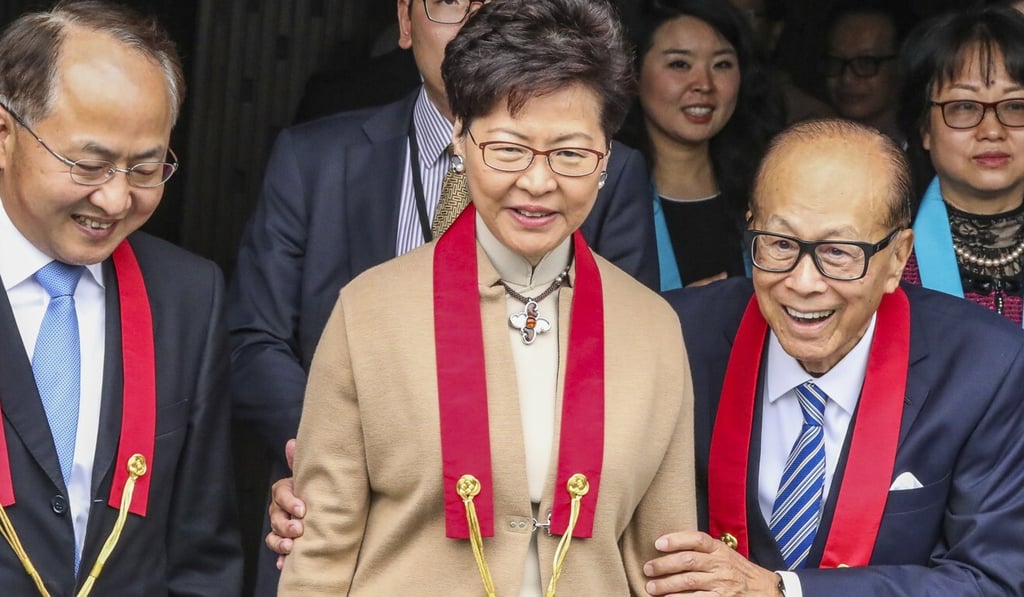Is Li Ka-shing’s Buddhist Art Museum at billion-dollar Tsz Shan Monastery a religious milestone for Hong Kong?
- Launch attended by more than 2,000 guests puts spotlight on philosophy’s unique influence in Hong Kong
- Experts say although interest in Buddhism is growing, the number of monks and nuns has dropped

Nestled among green, rolling hills in a quiet corner of Tai Po, Hong Kong, a towering bronze-cast statue of Guanyin, the Buddhist Goddess of Mercy, seems almost aglow in celestial white as it looms over a lavish but quiet monastery.
At 76 metres (250 feet) in height, the statue is one of the tallest of its kind in the world, its grandeur rivalled only by the sprawling 500,000 sq ft Tsz Shan Monastery it watches over. This is all financed from the coffers of Li Ka-shing, the city’s richest man.
The grand event, attended by more than 2,000 guests, including some 600 volunteers, put the spotlight on Buddhism and its unique influence in Hong Kong, especially in the wider context of mainland China, where authorities have an iron grip on religion.

Most hail the museum, the only one of its kind in the city, as a milestone for local Buddhism, as more Hongkongers seek spirituality amid the breakneck pace of life. But experts point out this does not mean the religion is seeing a surge, because monk and nun numbers have fallen.
The four-year-old Tsz Shan Monastery, with its pristine, Tang dynasty-style architecture, is itself a Zen retreat for Li, 90, and rumoured to be his final resting place.